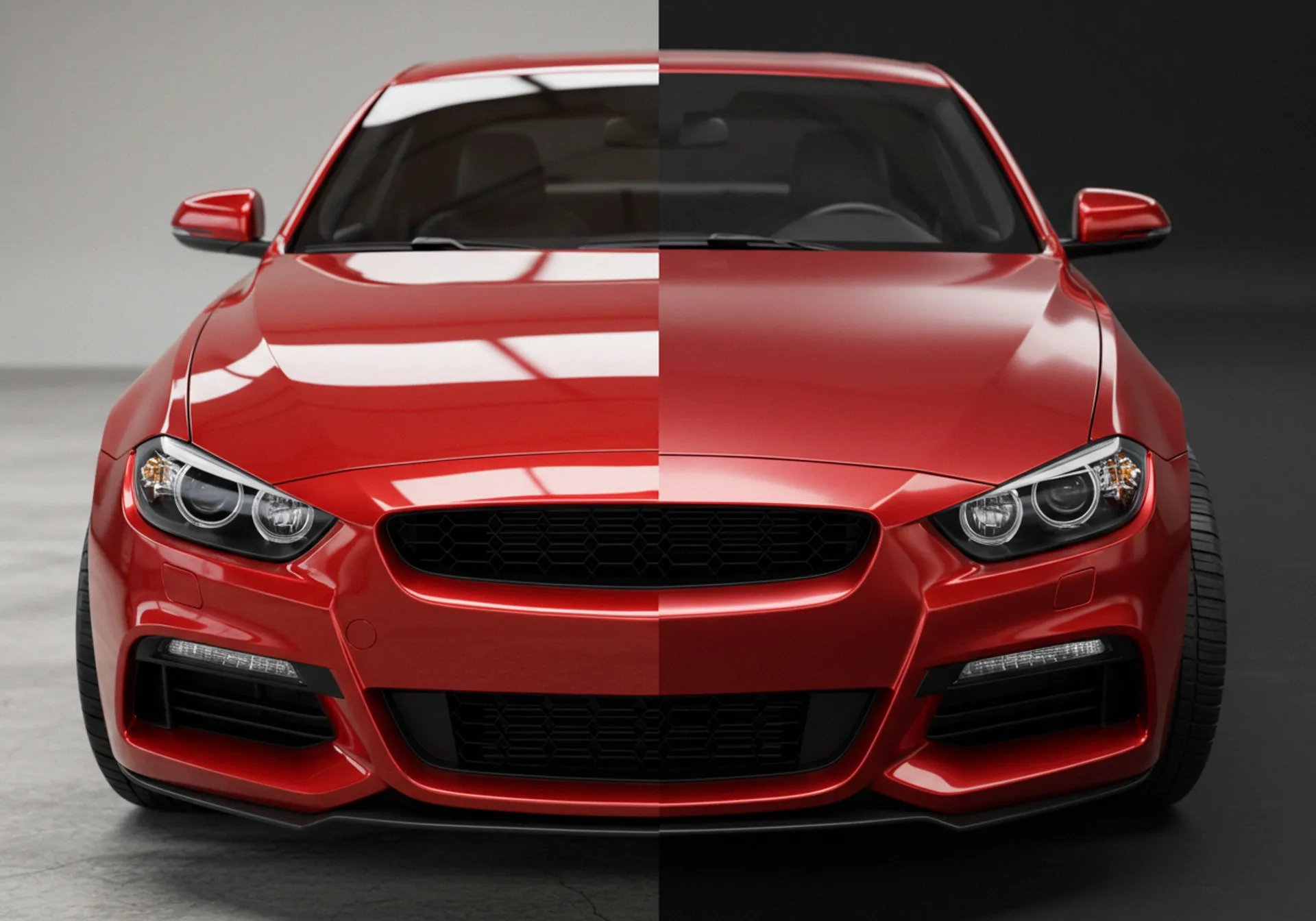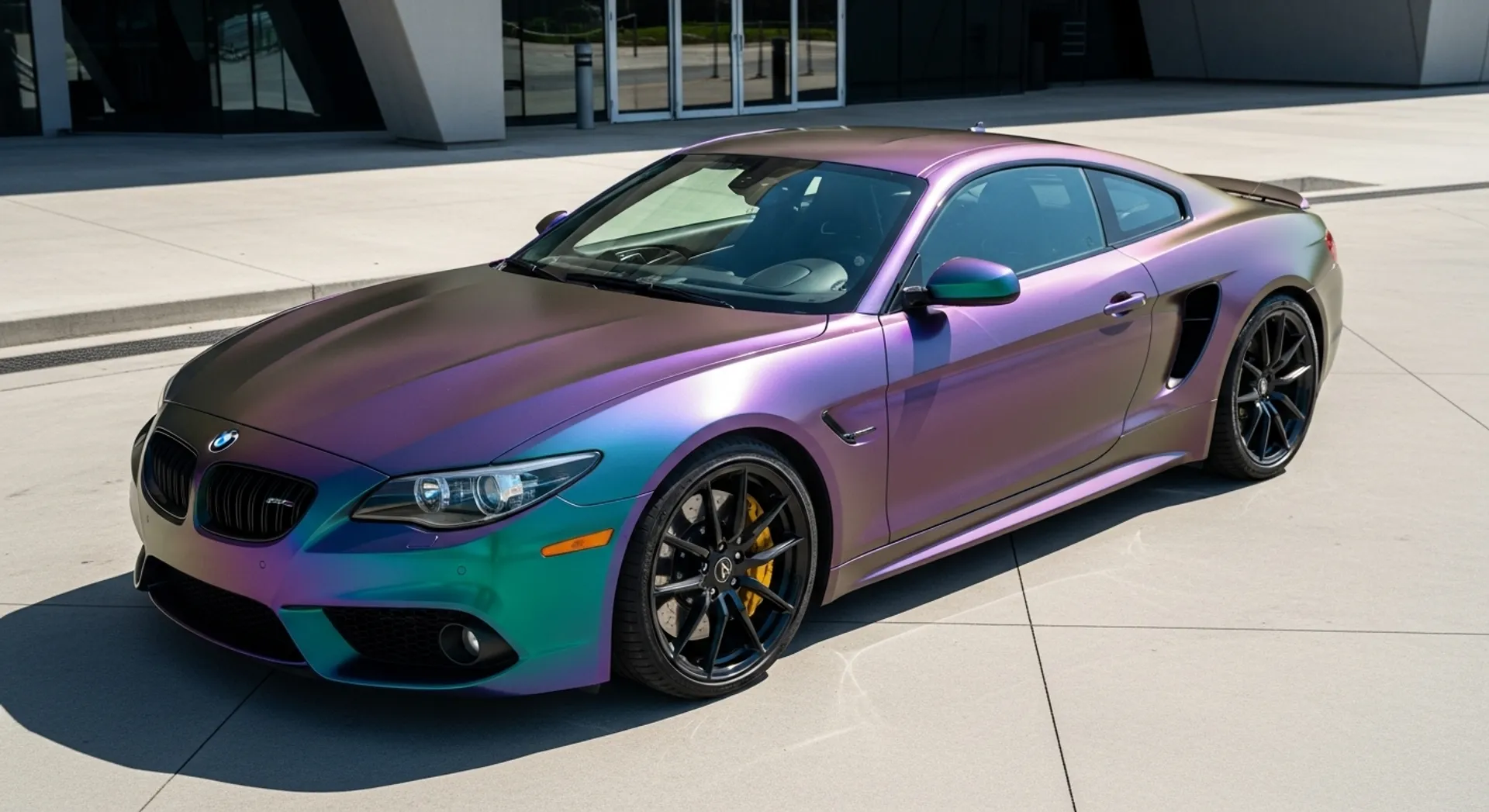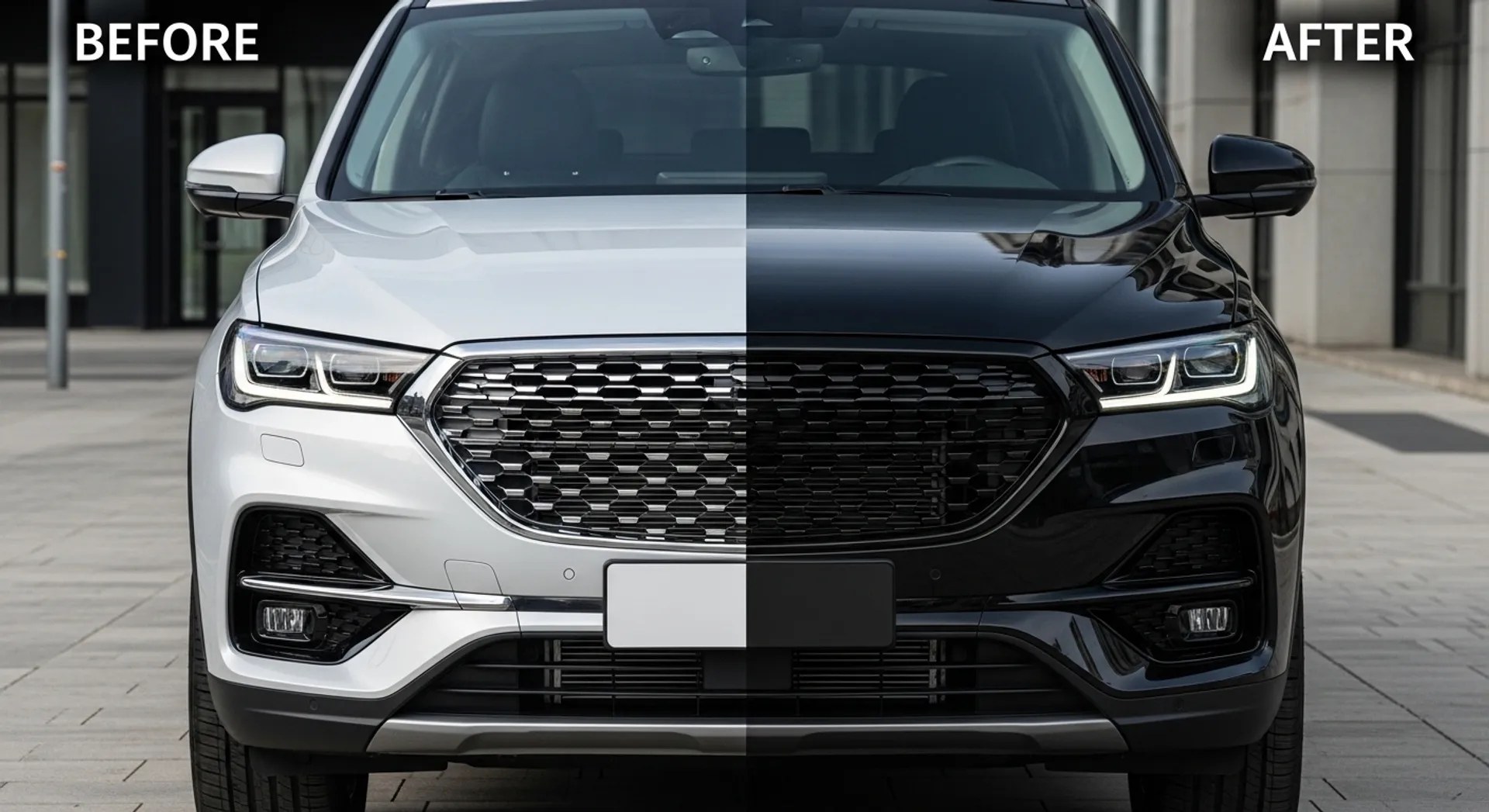The automotive world is constantly evolving, and enthusiasts are always looking for the next big trend in customization. In 2025, smart wraps and active paint are becoming the talk of the industry. These finishes go far beyond static color options, giving cars the ability to change appearance dynamically depending on temperature, light, or even app-based controls. If you thought holographic and color-changing wraps were revolutionary, get ready for what’s next.
What Are Smart Wraps & Active Paint?
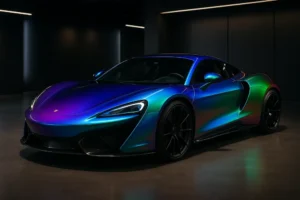 Smart wraps and active paints use advanced material science to create surfaces that shift, adapt, or react to external stimuli. They’re not science fiction anymore—they’re hitting the automotive aftermarket right now. Here are the main categories:
Smart wraps and active paints use advanced material science to create surfaces that shift, adapt, or react to external stimuli. They’re not science fiction anymore—they’re hitting the automotive aftermarket right now. Here are the main categories:
- Thermochromic Wraps & Paints: These finishes change color based on temperature. For example, a matte black hood may turn bright blue on a hot summer day, or stripes might appear when the car heats up.
- Photochromic Wraps: Similar to transition sunglasses, these wraps darken or change tone under sunlight, giving your car a unique look as daylight shifts.
- Electrochromic (Smart) Wraps: The most advanced option. With a connected app or control system, drivers can actively switch the car’s color or finish on demand. Imagine going from glossy red to matte black with a tap on your phone.
Why They’re Trending in 2025
Smart wraps and active paints are generating buzz for good reasons:
- Show-Stopping Looks: Car meets, auto shows, and social media thrive on vehicles that stand out. Active finishes offer a level of drama that static wraps can’t match.
- Personalization: Owners want to express their individuality. With active wraps, the same vehicle can have multiple “personalities” depending on mood or event.
- Advances in Technology: Materials are becoming more durable, installation is getting easier, and costs are gradually coming down compared to earlier prototypes.
- Branding Potential: Businesses and promotional vehicles can use wraps that adapt to different campaigns, saving time and money in rebranding.
Considerations Before Making the Switch
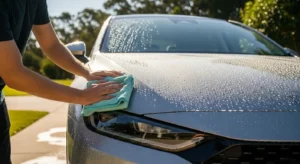 Like any cutting-edge technology, smart wraps and active paints come with challenges. Here’s what to keep in mind:
Like any cutting-edge technology, smart wraps and active paints come with challenges. Here’s what to keep in mind:
- Durability: While new formulas are improving, active finishes may not yet last as long as traditional wraps or paints. Proper protection and care are essential.
- Cost: Expect to pay more. Thermochromic and photochromic wraps can cost significantly above standard vinyl, and electrochromic options are at the top end of the spectrum.
- Maintenance: Some wraps may require special cleaning products or protective coatings to preserve their effects.
- Legal Concerns: In certain regions, changing a car’s color may need to be reported to DMV or insurers. Also, highly reflective or unconventional finishes might not be street-legal in all jurisdictions.
- Electrical Integration: For electrochromic wraps, wiring and power sources must be carefully installed, which adds complexity and cost.
How to Get Started
If smart wraps or active paints sound appealing, here’s how to approach them:
- Research Reputable Installers: These advanced materials require experienced professionals. Ask about certifications, warranties, and past projects.
- Set a Budget: Be realistic. Active wraps may cost two to three times more than traditional vinyl, depending on technology.
- Ask for Demos: Reputable shops may provide sample panels or real-world examples so you can see the effect before committing.
- Plan for Care: Invest in protective films, ceramic coatings, or clear bras to extend the life of your investment.
- Check Local Regulations: Ensure that your new look won’t cause legal or insurance issues down the road.
Real-World Applications
Active wraps and paints are not just for show cars. They’re finding practical uses too:
- Luxury & Supercars: Owners use electrochromic wraps to switch between subtle tones for daily driving and bold shades for events.
- Fleet Vehicles: Businesses use adaptive branding wraps that can be updated with minimal downtime.
- Motorsports: Teams use thermochromic paint on performance parts to monitor heat distribution.
Smart Wraps vs. Traditional Wraps
How do these innovations compare to the tried-and-true wraps we already know?
- Cost: Smart wraps are pricier but deliver more dramatic effects.
- Longevity: Traditional wraps may still last longer under harsh conditions, though tech is improving rapidly.
- Flexibility: Smart wraps win on adaptability—your car can literally change colors depending on your mood or the environment.
Looking to the Future
As with many emerging technologies, what seems premium and experimental today often becomes mainstream tomorrow. Just as matte wraps and chrome finishes once seemed niche, smart wraps and active paints may soon be a common sight at car meets and even in daily driving. Manufacturers are investing heavily in new formulas, meaning durability and affordability will continue to improve.
Conclusion
Smart wraps and active paints are redefining automotive customization in 2025. For enthusiasts who want to push boundaries, these finishes offer unmatched personalization and visual impact. While costs and care requirements are higher, the payoff in style and uniqueness can be worth it for those seeking the next level of car styling.
Want to learn more about unique styling options? Check out our posts on Color-Changing & Holographic Vehicle Wraps and Adaptive LED Lighting Systems for more cutting-edge ideas.

